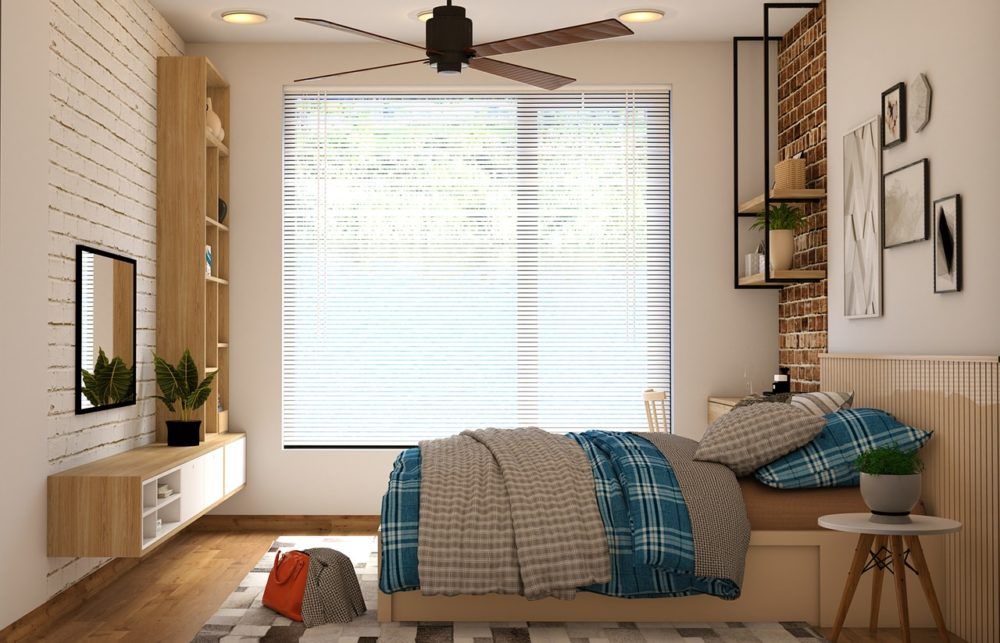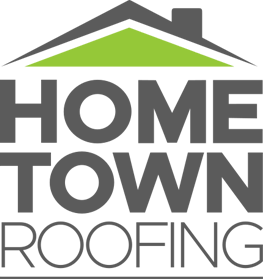
Are your heating or cooling costs literally going through the roof? If you have an older roof, you may notice that your electric or gas bills have been steadily climbing. This could be due to your roof leaking or not being as efficient as it could be. Nearly half of what you spend on utilites each month go toward heating and cooling. When you look at it this way, it makes sense to turn your attention to your roof to see what measures you can take to save money. Here are some of our tips.
Increase Insulation
Increasing the amount of insulation in your attic can lower heating and cooling costs as well as prolong the life of your roof. Insulation creates a barrier that reduces thermal transfer between the attic and the rest of your home. The R-value of your insulation refers to its ability to resist transfer from heat. When you increase the R-value of your insulation, you create a more comfortable home with less need for heating or cooling.
Increase Ventilation
Just because you want to increase the thermal transfer barrier in your attic does not mean you want to trap air inside of it. Fresh air plays a very important role in roof health and in the comfort of your home. Excessive attic heat can warp the roof decking and can pass through the insulation into the rest of the home.
Intake vents draw fresh air into the attic, and, when paired with exhaust vents, provide a natural airflow throughout the attic and keep excessive heat from building up in the attic. This will not only decrease cooling costs in the summer months, but it will also increase the life of your roof.
Consider Replacing Your Shingles
If you have a dark roof, it could be absorbing heat and transferring it to the underside of your roof and into the attic. This can add to your cooling bills in the summer months and decrease the life of your roof year-round. Roofs with energy-efficient shingles help reflect the rays of the sun and reduce this transfer of heat. These types of shingles also have a longer life because they remain cooler, preventing their asphalt base from aging as quickly. For the best reflective shingles, look for those with the Energy Star label as this is the top tier when it comes to lowering temps and can do so by up to 100 degrees.
Whether or not you decide to install reflective shingles, you should at least update older shingles that are damaged or simply out of date. Older shingles do not have as high of a rating and are not as effective at keeping wind out of your home. New shingles can withstand winds up to 130 mph, which means less wind in your home and lower heating and cooling costs.
No matter what the season, you can save on your energy bills by updating your roof. Interested in learning more about updating or replacing your Omaha-area roof? Contact Hometown Roofing today for a free estimate.

